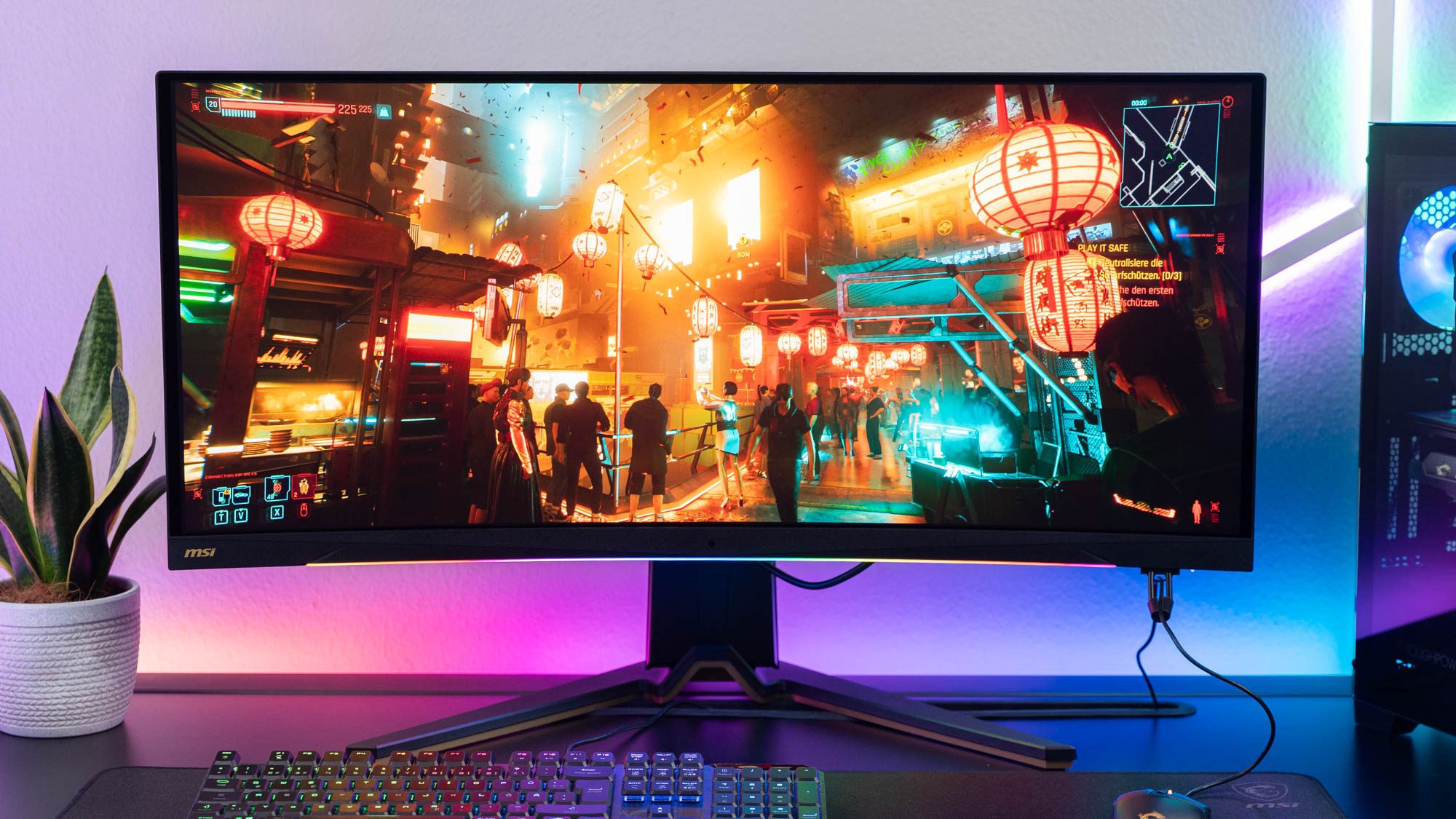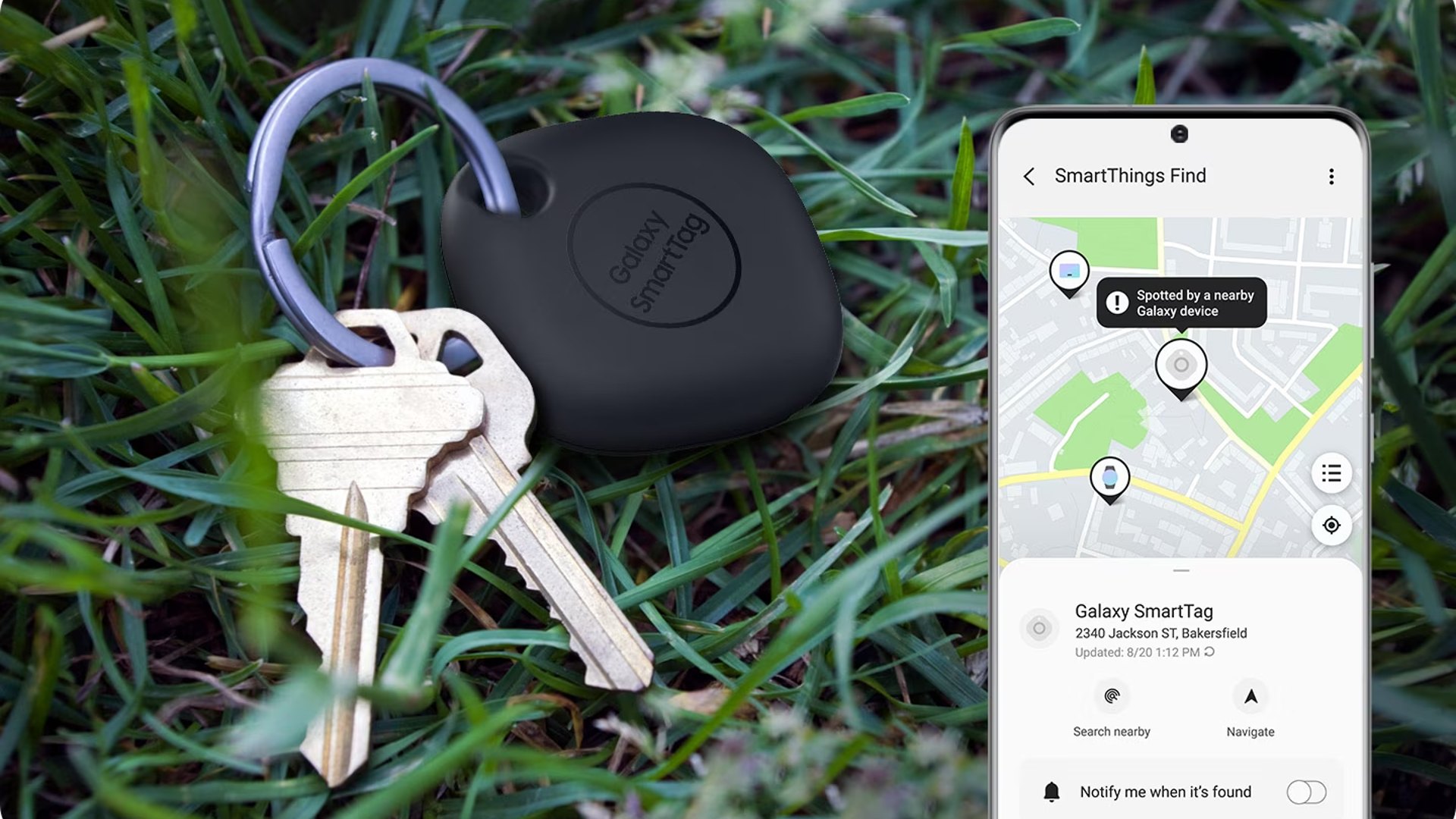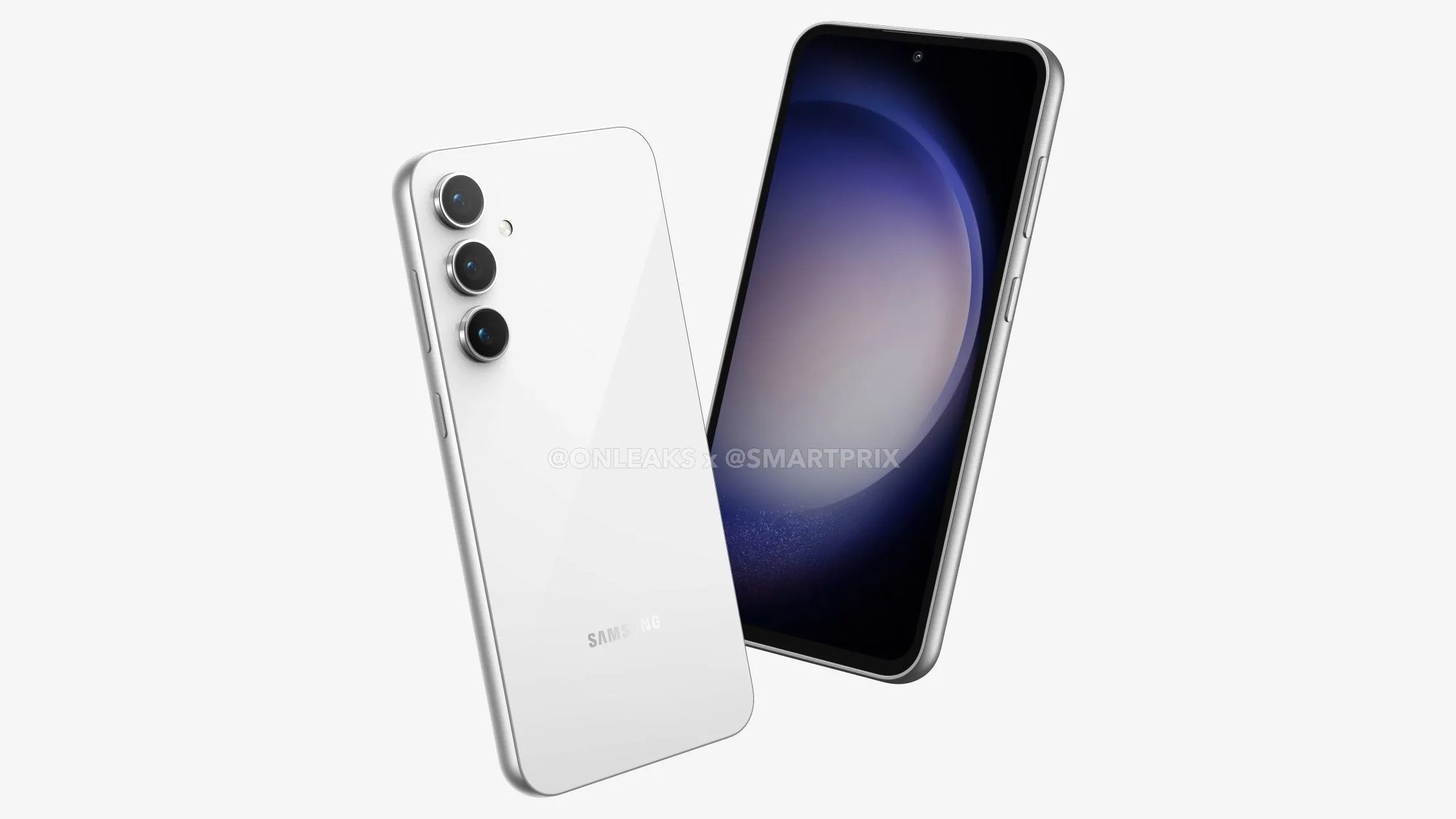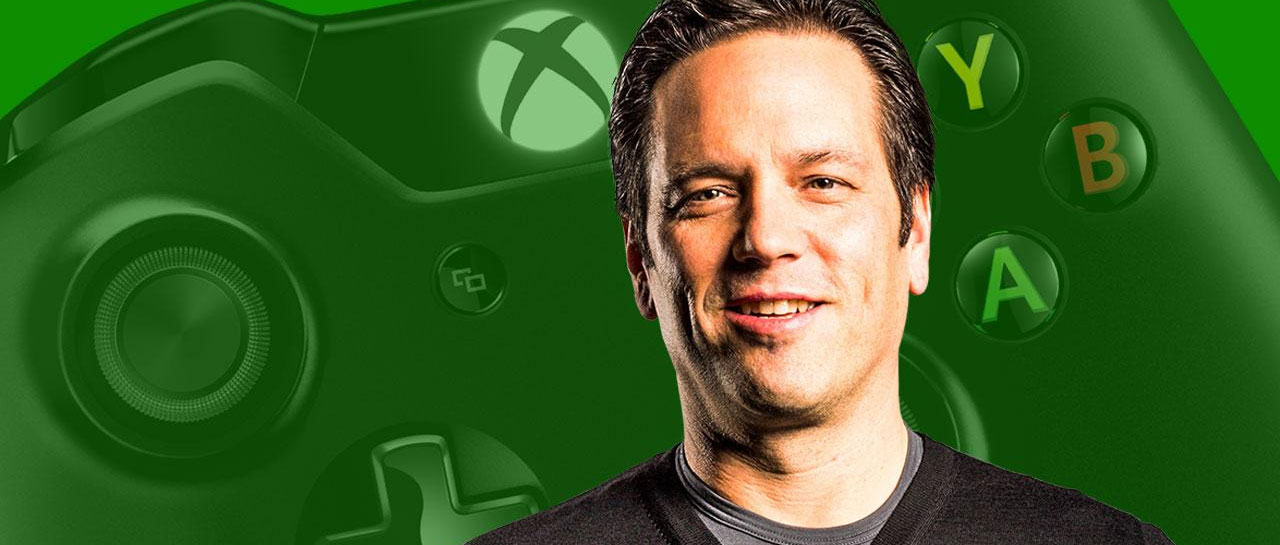
The Samsung Galaxy S20 Plus is the middle child of this year’s S20 series. By comparison, the just-announced Apple iPhone 12 Pro is the second tier of the company’s four iPhone 12 models. So of the two, which is better, and which one should you get out of the Galaxy S20 Plus vs iPhone 12 Pro?
We decided to compare and contrast these two flagship devices. In the end, this turned out to be a very interesting clash. Both phones have similarities, with the Galaxy S20 Plus beating the iPhone 12 Pro in certain areas, and vice versa. Let’s get into it!
Read more: iPhone 12 series comparison
iPhone 12 Pro vs Samsung Galaxy S20 Plus
Specs
| Samsung Galaxy S20 Plus | Apple iPhone 12 Pro | |
|---|---|---|
| Display | 6.7-inch Dynamic AMOLED 3,200 x 1,440 20:9 ratio 120Hz refresh rate at 1080p 60Hz refresh rate at 1440p HDR10+ certified |
6.1-inch Super Retina XDR OLED 2,532 x 1,170 resolution HDR, True Tone Wide color (P3) 2,000,000:1 contrast ratio 800 nits max brightness (typical); 1200 nits max brightness (HDR) Ceramic Shield front |
| Processor | Qualcomm Snapdragon 865 or Samsung Exynos 990 | Apple A14 Bionic |
| RAM | 12GB (8GB for Verizon version) |
N/A |
| Storage | 128, 512GB | 128 / 256 / 512GB |
| MicroSD | Yes, up to 1TB | No |
| Cameras | Rear: -Wide-angle: 12MP, f/1.8, 1/1.76″, 1.8µm -Telephoto: 64MP, f/2.0, 0.8µm -Ultra-wide: 12MP, f/2.2, 1.4µm -VGA time-of-flight sensor 3x hybrid optical/digital zoom, Video: Front: |
Rear: -Wide-angle 12MP, ƒ/1.6, dual OIS, 7-element lens, 100% Focus Pixels, Night Mode -Ultra-wide 12MP, ƒ/2.4, 120° field of view, 5-element lens, lens correction, Night Mode -Telephoto 12MP, ƒ/2.0, dual OIS, 6-element lens 2x optical zoom in, 2x optical zoom out, 4x optical zoom range, digital zoom up to 10x, Deep Fusion, Smart HDR 3, Apple ProRAW Video: Front: Night Mode, Deep Fusion, Smart HDR 3 |
| Battery | 4500mAh 25W Fast charging Fast wireless charging |
N/A Qi wireless charging up to 7.5W Up to 50% charge in around 30 minutes with 20W adapter or higher (sold separately) MagSafe: |
| IP rating | IP68 | IP68 |
| Software | One UI 2.0 Android 10 |
iOS 14 |
| Dimensions and weight | 161.9 x 73.7 x 7.8mm 188g |
146.7 x 71.5 x 7.4mm 189g |
Design

The Galaxy S20 Plus has a glass back with metal sides. It has a big 6.7-inch Dynamic AMOLED display with a resolution of 3,200 x 1,440. The screen has a slight curve to the side, and also has a high 120Hz refresh rate for smoother animations and enhanced gameplay while playing supported 120Hz games. There’s a small punch hole on the top of the screen for the phone’s front-facing camera. It also has an in-display fingerprint sensor. You can buy it in Cosmic Black, Cosmic Gray, and Cloud Blue colors.
The iPhone 12 Pro has a smaller 6.1-inch 2,532 x 1,170 display and it still has a rather large notch for its front-facing camera on top of the screen. However, the phone does use a new type of glass cover. It’s called Ceramic Shield which uses a new manufacturing process that adds nano-ceramic crystals inside the glass. This is supposed to offer better protection against drops compared to previous iPhone models. The iPhone 12 Pro also has a stainless steel chassis. It comes in Silver, Graphite, Gold, and Pacific Blue colors.
Hardware

Inside, the Galaxy S20 Plus has the Qualcomm Snapdragon 865 processor for the US and a few other markets. In other parts of the world, it uses Samsung’s in-house Exynos 990 chipset. The iPhone 12 Pro, like all of Apple’s iPhone 12 models, uses the company’s newest in-house processor, the A14 Bionic chip. It’s been made with a 5nm manufacturing process. It has a six-core CPU, a four-core GPU, and a neural engine chip with 16 cores for better machine learning performance. We will have to see how the phone performs in benchmarking tests against the Galaxy S20 Plus in our full review once we get our hands on it.
Read also: Galaxy S20 Plus Snapdragon vs Exynos: How big is the difference?
When it comes to connectivity, the iPhone 12 Pro supports low band and the mmWave 5G networks just in the US, but not in the rest of the world. The Galaxy S20 Plus supports both sub-6Ghz and mmWave 5G networks worldwide with the Snapdragon 865 chip. The version with the Exynos 990 chipset sold outside of the US only supports 4G networks.
The Galaxy S20 Plus has a 4,500mAh battery and ships with a 25W wired charger. It also supports 15W wireless charging, along with 4.5W reverse wireless charging if you want to charge up items like earbuds or even another phone in a pinch.
We don’t yet know the size of the iPhone 12 Pro’s battery, but we do know it has a new feature called MagSafe. It’s used for a new class of accessories that uses magnets that attach to the rear of the iPhone 12 models. That means accessories like cases, wireless chargers, and more all connect magnetically to the back of the phone. That said, the new iPhone 12 lineup does not ship with a charger in the box, and you’ll have to shell out $20 for an Apple-branded charger if you don’t already have one at home.
Both the Galaxy S20 Plus and iPhone 12 Pro are powerhouse phones on paper.
As for wireless charging, the new Apple wireless chargers can boost wireless charging by up to 15W. The phones still support the more widely used Qi wireless charging standard. However, they only charge the Phone 12 models up to 7W.
The Galaxy S20 Plus is available with 128GB and 512GB storage models. The iPhone 12 Pro is sold with 128, 256, and 512GB storage options. The Galaxy S20 Plus adds a way to add up to 1TB of storage with its microSD slot, which the iPhone 12 Pro lacks.
We don’t know yet how much RAM is inside the iPhone 12 Pro, but the Galaxy S20 Plus includes a whopping 12GB of RAM. One exception is the version sold by Verizon, which supports its Ultra Wideband 5G network. For whatever reason it only has 8GB of RAM.
Camera

The iPhone 12 Pro has a 12MP wide sensor, a 12MP ultra-wide camera, and a 12MP telephoto rear camera. The phone also includes a LiDAR scanner in the back, which is used to record pixel depth information. This is supposed to reduce capture time for images and video clips, along with improving AR experiences and for Night Mode portraits. The phone also has a 12MP front-facing camera. It also supports recording video at 60fps with HDR and Dolby Vision HDR support.
See also: The best Android camera phones you can get
The Galaxy S20 Plus has a main 12MP camera in the back, along with an ultra-wide 12MP sensor, and a big 64MP sensor for its telephoto lens that supports optical zoom up to 3x. In our review of the phone, we were very impressed with both its hardware and software camera features. That includes 8K video recording support, although most people don’t yet have an 8K TV to watch those videos.
No matter which one you choose, both will take excellent photos. Even without a huge 108MP sensor like the one found in the Galaxy S20 Ultra, camera software from both companies is well optimized out of the box.
Software

The iPhone 12 Pro comes with Apple’s latest iOS 14 out of the box. It includes new features like widgets on the phone’s home screen, along with the App Library that helps to better organize a user’s apps. It also adds picture-in-picture support for watching videos, or conducting FaceTime calls, while continuing to use another app on the phone. Apple has an excellent OS update record, so you should expect to see a number of major updates for the iPhone 12 Pro before you will need to trade it in.
Related: 8 things iOS does better than Android
The Galaxy S20 Plus comes with Android 10 out of the box, with Samsung’s in-house One UI skin. Samsung has made the skin highly customizable, so you should be able to make it your own. However, One UI still can get bloated with Samsung’s pre-installed in-house apps. Samsung has promised to include three years of Android OS updates with this phone. However, when those updates will be released is still up in the air. Android 11 launched a few weeks ago, but so far, Samsung has not announced when it will be available for the phone.
Price

- Samsung Galaxy S20 Plus
- 128GB – $1,199/£999/€1,009
- 512GB – $1,349
- iPhone 12 Pro
- 128GB – $999/£999/€1,159
- 256GB -$1,099/£1,099/€1,279
- 512GB – $1,299/£1,299/€1,509
The iPhone 12 Pro will have a starting cost of $999 when pre-orders begin on November 6 in the US. The Samsung Galaxy S20 Plus launched with a price tag of $1,199 in the US earlier in 2020. Since then the unlocked price of the phone has gone down. During Amazon Prime Day, you could buy the phone for $889.99. We suspect that the price will also be discounted again in November as part of Black Friday 2020 deals.
Samsung Galaxy S20 Plus The latest and greatest from Samsung
The Samsung Galaxy S20, Galaxy S20 Plus, and Galaxy S20 Ultra are super-premium 5G smartphones from the South Korean company. No matter what you’re looking for, the Galaxy S20 line likely has something to suit your needs.
Apple iPhone 12 series Four to choose from
There are a total of four new iPhones in Apple’s iPhone 12 lineup: the iPhone 12, iPhone 12 Mini, iPhone 12 Pro, and iPhone 12 Pro Max. Brighter displays, faster processors, and more durable build quality are what you can expect with all four of these new phones.
iPhone 12 Pro vs Samsung Galaxy S20 Plus: Which phone should you buy?
We mostly praised the Galaxy S20 Plus in our review, even preferring it over the more expensive Galaxy S20 Ultra. It’s extremely well-rounded and worth its rather high price tag. We have yet to review the iPhone 12 Pro, but on paper, the Galaxy S20 Plus beats it in a few areas. It has a larger display with 120Hz support and it supports reverse wireless charging, You can also add additional storage to the Samsung phone via microSD. The iPhone 12 Pro also loses points for having a really, really large notch on top of the screen.
Samsung and Apple have both upped their game in 2020.
However, you can still get the iPhone 12 Pro with a starting price that’s lower than the Galaxy S20 Plus. It also has an OS that customers can rely on to be updated swiftly. The A14 Bionic chip is likely to be a very fast processor for the phone as well. Finally, Apple’s camera hardware and software should not be ignored when compared to the cameras on the Samsung phone. iPhones are always among the best smartphone cameras on the market, and we expect this year won’t be any different.
In the end, we will have to wait for our full review of the iPhone 12 Pro to see how it really stacks up against its direct competition, including the Galaxy S20 Plus. Right now though, both have their pros and cons. We will find out very soon how they compare in the real world.
 Loading poll
Loading poll












